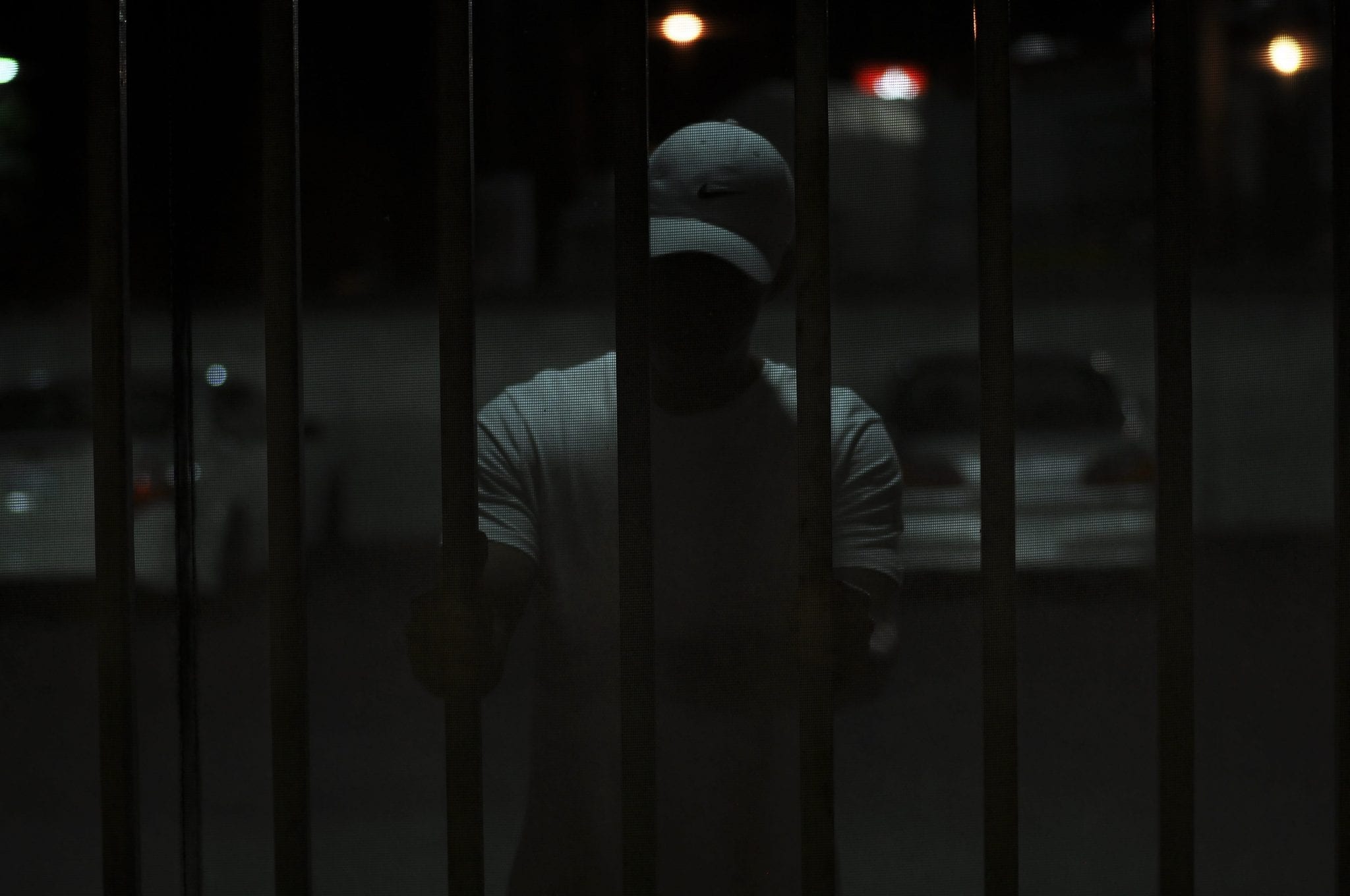Prisoner transport is the process of transferring inmates between legal venues. During this process, imprisoned individuals board prisoner transport vehicles to get to their designated destination.
Prisoner transport is the process of transferring inmates between legal venues. During this process, imprisoned individuals board prisoner transport vehicles to get to their designated destination. Whether your client is bound to be transferred from one correction facility to another, scheduled for his day in court, or transported for a medical appointment, here are some things you should know about the prisoner transport system:
- It often involves other felon classifications. When transporting prisoners, inmates are usually mixed. To maximize the space within the designated vehicles for transport, prisoners of all kinds are transported together. This means that even if your client is just detained and pending conviction, he can still be transported alongside other inmates, such as convicted felons. Both men and women are also usually transported together in one vehicle.
- It may take some time. Depending on the destination, prisoner transport usually takes hours or even days. Hence, your client may be on the road for quite some time, along with other prisoners. Often, stops are prohibited for security reasons. Issues of road safety and medical provision, as well as food supply, are often the concerns raised especially for prisoner transport involving longer distances.

Tower at night; image by AK¥N Cakiner, via Unsplash.com. - It can get uncomfortable. As your client gets transported in a prisoner transport vehicle, keep in mind that the ride may get uncomfortable. Aside from being handcuffed and belly-chained, inmates are also usually shackled for the duration of the ride. Prisoners are most often just seated during the entire transport process as there are usually no provisions for beds in the assigned vehicles.
- It may be outsourced. Some corrections departments of certain states outsource the process of prisoner transport to for-profit extradition companies. In relation to this, lack of uniform regulations and personnel training are often scrutinized, as well as their ability to respond to medical emergencies and first-aid situations.
Although transporting prisoners for various reasons is a regular process in the criminal justice system, there is an ongoing call to improve the prisoner transport system. As evidenced by a lot of tragedies involving prisoner transport, the spotlight is once again being pointed toward each aspect involved. Better management, tighter security, and humane treatment of each inmate in the hands of enforcers are but a few points raised. Pushing for the rights of both prisoners and personnel will be a tough balancing act that key players have yet to address.


Join the conversation!